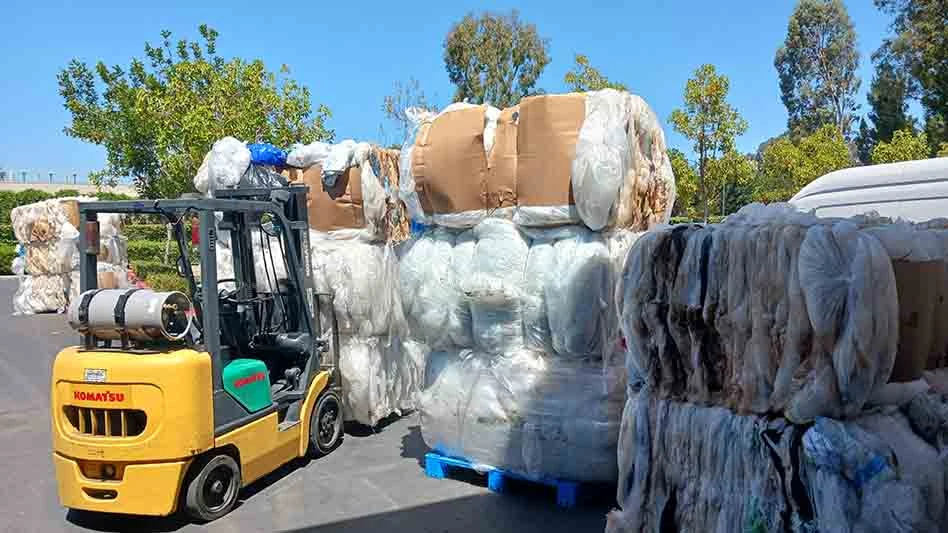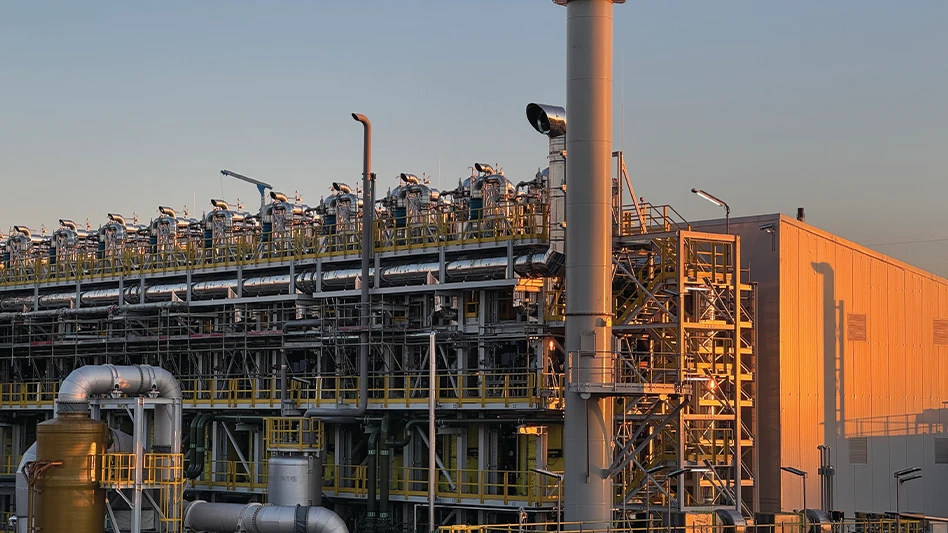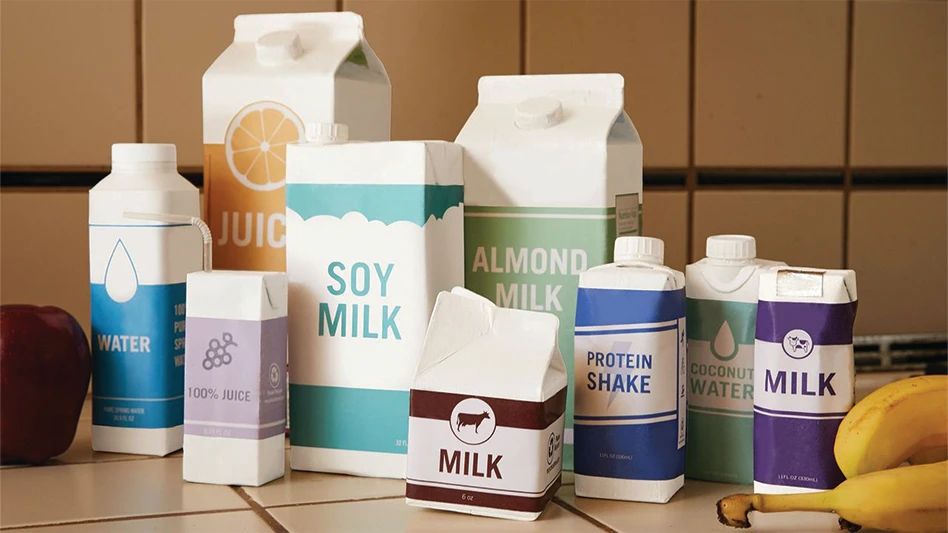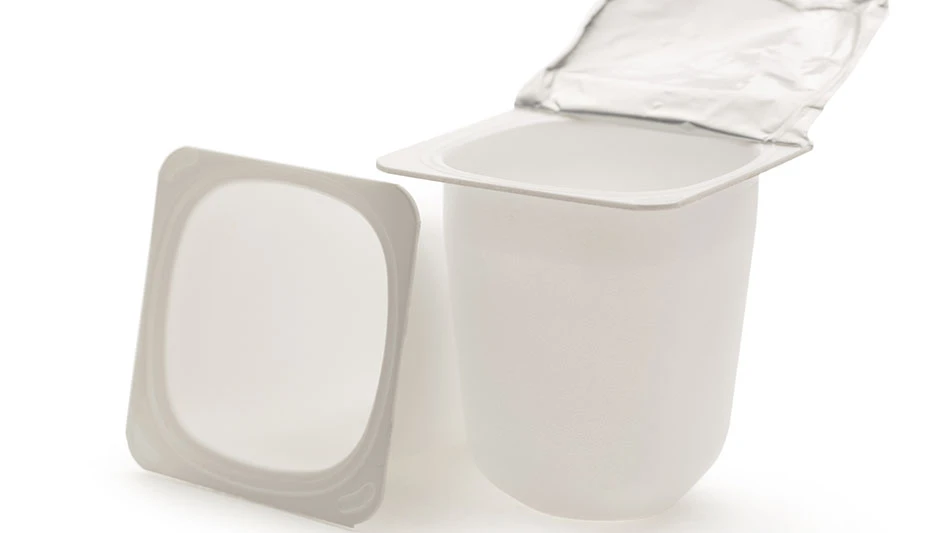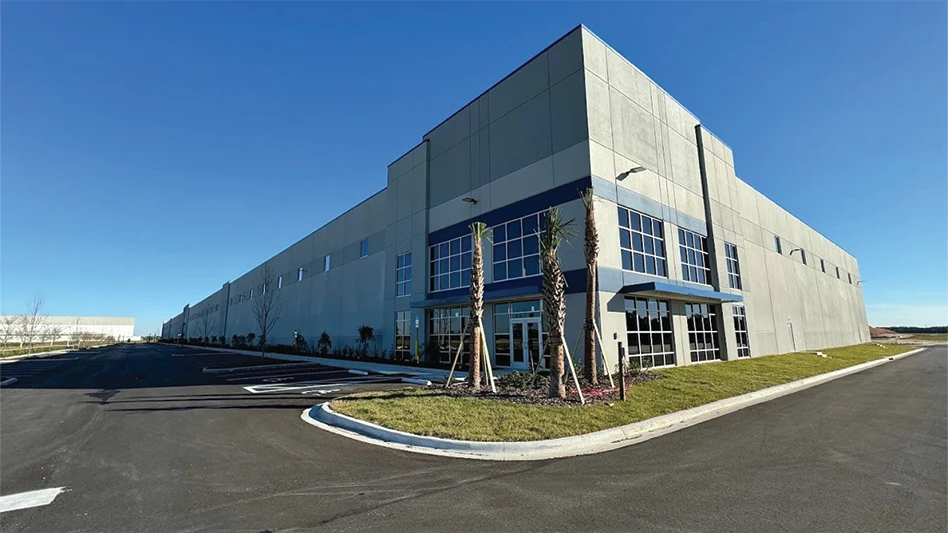
Recycling Today archives
According to some plastics recyclers, 2024 could be a year of recalibration within the industry as well as one to be approached with cautious optimism.
Last year was marked by declining prices across most grades as a number of factors affected the market—namely a flood of inexpensive virgin material. Coming off the market highs achieved during earlier stages of the COVID-19 pandemic when companies were busy filling orders, 2024 could be a year where many get back to work on production as supply remains plentiful.
“[The markets] seem to be a little depressed, a little off the highs of COVID, and the demand for manufacturing seems to be off a little bit,” says Scott Saunders, general manager of Alabama-based polypropylene and high-density polyethylene recycler KW Plastics. “The inexpensive virgin [material] has slowed the market a bit, though not catastrophically. But we were all used to order-taking during COVID, and now everybody’s back to work. I think 2024 is going to be a working year, trying to develop new programs and keep people in PCR [post-consumer resin] when lower-cost virgin is available.”
On the West Coast, heavy rains and flooding delayed harvests and cut into recycled polyethylene terephthalate (rPET) orders typically used to make thermoform packaging for fruits and vegetables.
Combined with cheap virgin material coming in from overseas, 2023 was especially hard on reclaimers.
The early months of this year don’t appear to show signs of improvement, with more unfavorable weather conditions predicted.
Paul Bahou, president of Perris, California-based Global Plastics Recycling, says Grade A rPET flake was priced at roughly 17 cents per pound as of mid-December of last year, while virgin resin hovered between 40 cents and 50 cents per pound.
“We’re still getting flooded by cheap materials from East Asia, and the bale price is holding too high for us to be decently competitive,” he says. “It’s just a math problem. … [The market] is still bad.
“I don’t know what [2024] is going to be. With everything I’m seeing from these imports, that’s really what it boils down to: What can people get their material for from overseas. That’s going to dictate what happens for the next year. All signs are pointing toward more misery for us.”
Good news came via a report from the Wisconsin-based National Association for PET Container Resources (NAPCOR). Though the organization’s 2022 PET Recycling Report shows the U.S. rate for PET recycling in 2022 dropped to 29 percent from 30.3 percent in 2021 and the North American rate fell to 37.8 percent from 38.4 percent, rPET demand was strong in 2022, with bottle markets in the U.S. and Canada making up 50 percent of end market consumption for the first time.
Additionally, recycled content used in U.S. bottles grew by 15 percent in 2022 to 870 million pounds.
Get curated news on YOUR industry.
Enter your email to receive our newsletters.
Latest from Recycling Today
- Arizona AG says consumers were misled over recycling bags
- PRE warns European plastic recycling industry facing ‘imminent collapse’
- NWRA, Informa partner to launch Waste Leadership Summit
- Circular Action Alliance appoints new executive director in California
- Aduro reports fourth-quarter, FY25 results
- EverestLabs announces first international deployment
- Sunnyvale, California, awards contract to BHS
- Scrap Expo session preview: Technology Spotlight—Refining Recovered Metal
